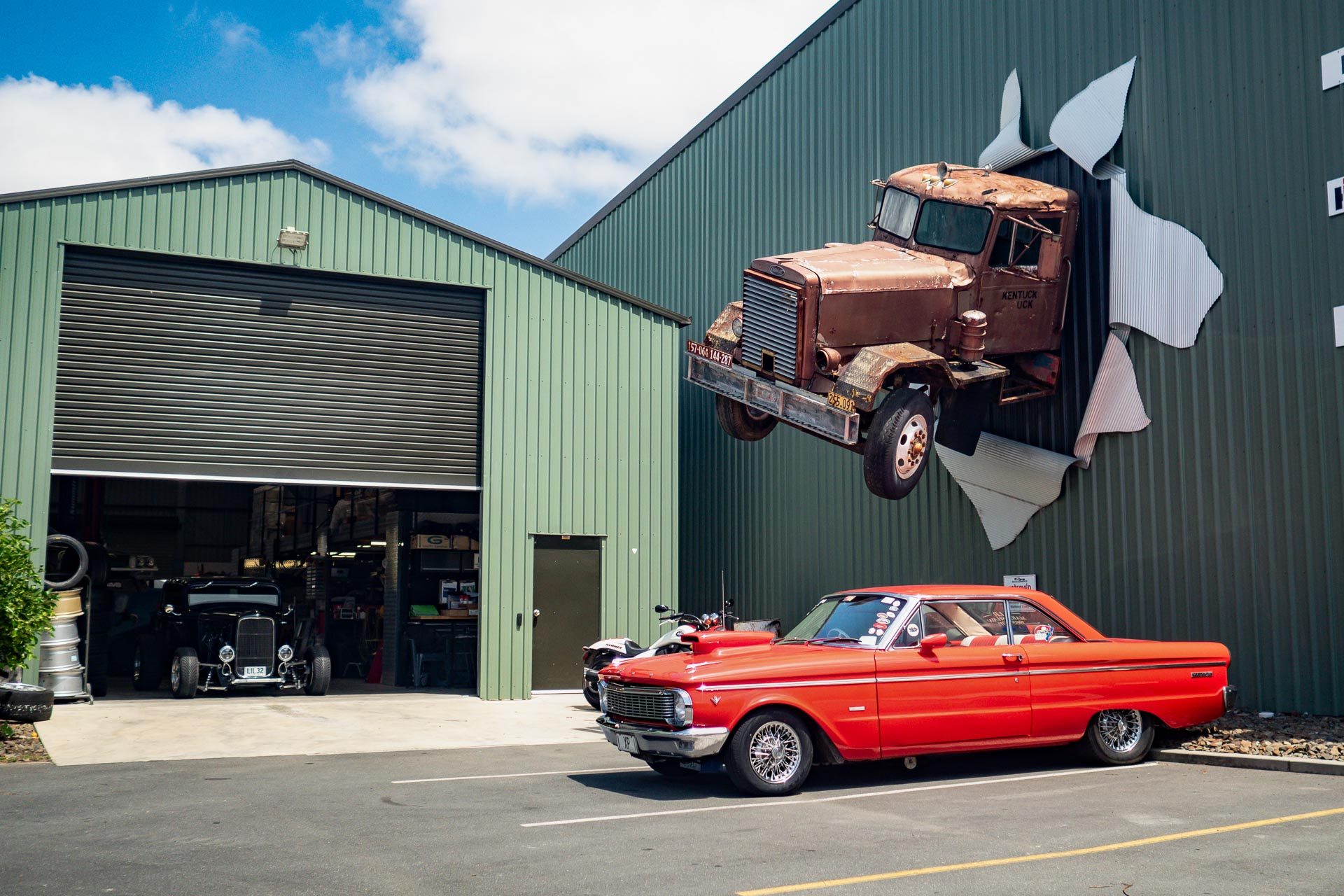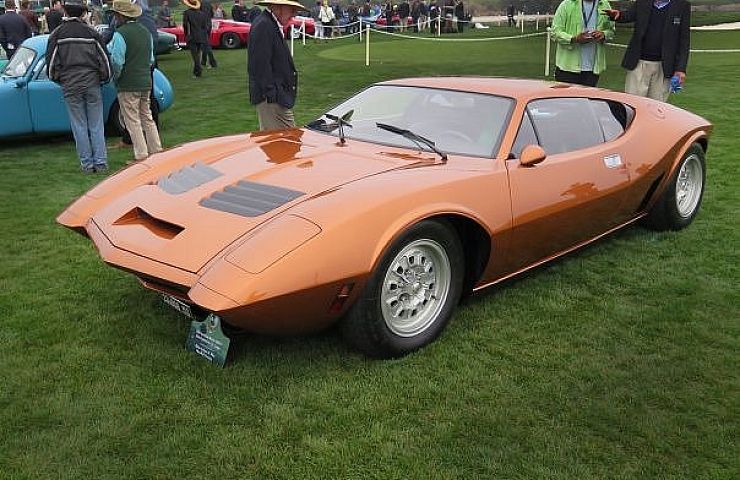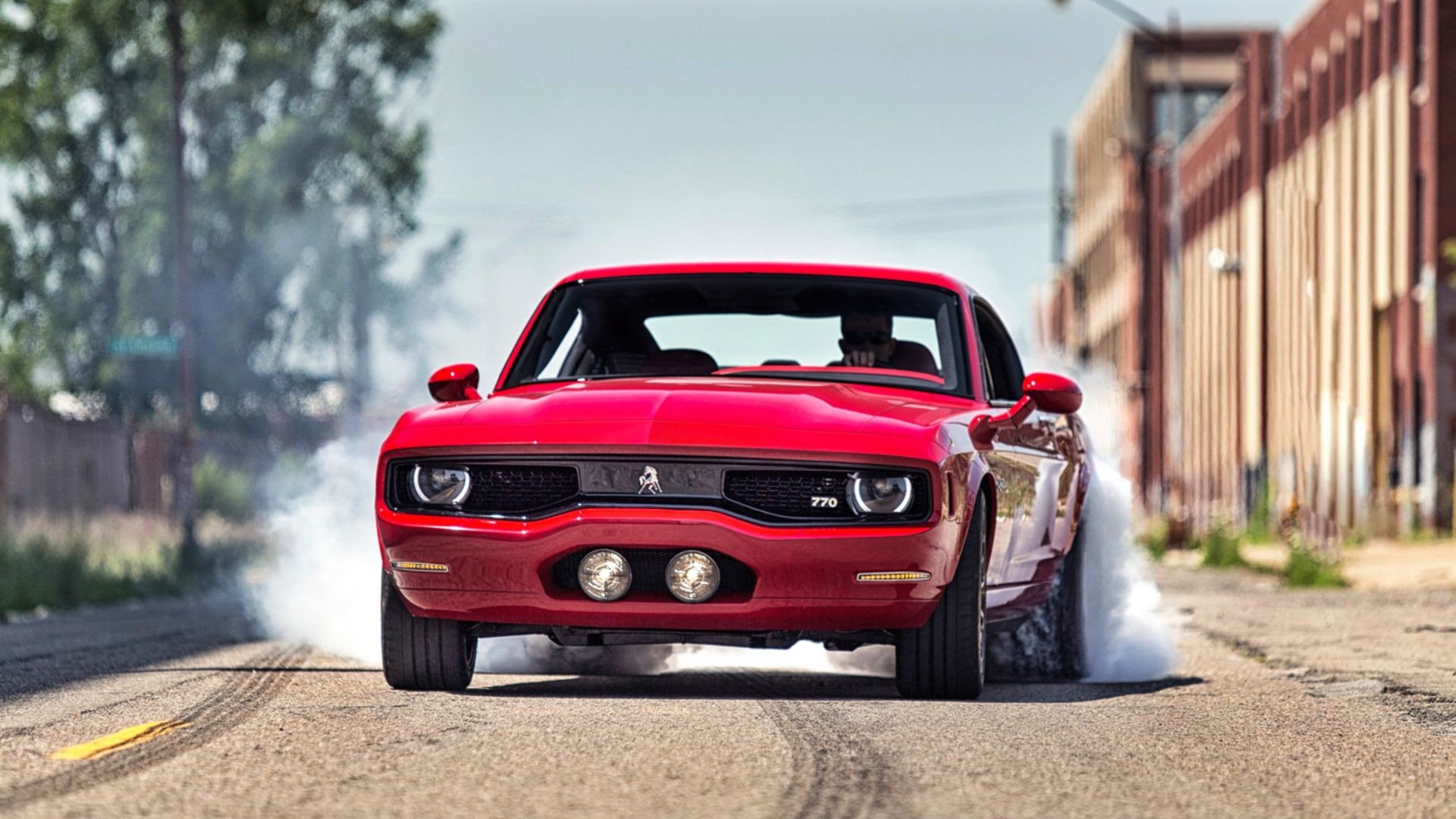muscle car restoration The roar of an engine, the gleam of polished chrome, and the unmistakable lines of classic muscle cars evoke a nostalgia that resonates with car enthusiasts and casual admirers alike. For many, the journey of muscle car restoration transcends mere hobby; it is an art form, a labor of love that transforms these legendary machines back to their former glory. This article will delve into the intricacies of muscle car restoration, exploring its significance, the processes involved, and the passionate community that keeps this timeless tradition alive.

The Significance of Muscle Car Restoration
A Celebration of Heritage
At its core, muscle car restoration is a celebration of automotive heritage. These cars are not just vehicles; they are a representation of a unique era in American history, characterized by bold designs and powerful engines. The muscle car phenomenon peaked in the 1960s and early 1970s, a time when manufacturers competed fiercely to produce the fastest and most powerful vehicles on the market. Restoring these cars is a way to preserve that history, ensuring that future generations can appreciate the craftsmanship and ingenuity of the time.
The Emotional Connection
Many owners have a deeply personal connection to their muscle cars. Whether it was a childhood dream, a family heirloom, or a vehicle that marked a significant life event, each car tells a story. The act of restoring a muscle car is akin to reviving a cherished memory, breathing new life into a beloved piece of the past. This emotional connection fuels the passion that drives enthusiasts to invest countless hours and resources into their restoration projects.
The Rise of the Restoration Community
The muscle car restoration movement has given rise to a vibrant community of enthusiasts who share their knowledge, skills, and experiences. Car shows, forums, and social media groups serve as platforms for individuals to connect, trade tips, and showcase their projects. This camaraderie fosters a sense of belonging and provides valuable support for those embarking on their restoration journeys.
The Process of Muscle Car Restoration
Assessing the Condition
The first step in any successful muscle car restoration project is a thorough assessment of the vehicle’s condition. This involves evaluating both the exterior and interior, as well as the engine and undercarriage. Enthusiasts must look for rust, damage, and wear that could impact the car’s performance and aesthetic appeal. A comprehensive understanding of the car’s state will help in determining the scope of the restoration and estimating the costs involved.
Creating a Restoration Plan
Once the assessment is complete, the next step is to create a detailed restoration plan. This plan outlines the specific goals for the project, such as whether the aim is to restore the car to its original specifications or to create a custom build. Budgeting is a crucial aspect of this planning phase, as restoration can range from a few thousand to tens of thousands of dollars, depending on the car’s condition and the desired outcome.
Gathering Parts and Resources
Finding the right parts is one of the most critical aspects of muscle car restoration. Enthusiasts often seek out original components to maintain authenticity, which can be challenging given the age of these vehicles. Resources like online marketplaces, specialized parts suppliers, and salvage yards become invaluable in sourcing the necessary materials. For those who embrace custom builds, aftermarket parts offer a wealth of options to enhance performance and aesthetics.
Disassembly and Inspection
With the plan in place and parts secured, the restoration journey enters the disassembly phase. This involves carefully taking apart the vehicle, documenting each step to ensure a smooth reassembly. During this process, restorers inspect each component for wear and tear, identifying areas that may require repair or replacement. This meticulous approach is essential for achieving a high-quality finish.
Bodywork and Paint
Restoring the body of a muscle car often involves addressing rust, dents, and other imperfections. Skilled bodywork is crucial to achieving a seamless appearance. Techniques like sanding, welding, and filling are employed to restore the car’s exterior to its former glory. Once the bodywork is complete, the painting process begins. Enthusiasts often choose to replicate the original factory color or opt for a custom shade that reflects their personal style. The paint job is not just a cosmetic upgrade; it protects the car from the elements and enhances its overall value.
Engine and Mechanical Restoration
The heart of any muscle car lies in its engine. Restoring the engine is a complex task that requires expertise and precision. Depending on the project’s scope, enthusiasts may choose to rebuild the original engine or upgrade to a more powerful aftermarket option. The restoration process involves disassembling the engine, cleaning each component, replacing worn parts, and reassembling with attention to detail. Additionally, the suspension, brakes, and transmission are often serviced to ensure optimal performance.
Interior Restoration
The interior of a muscle car is equally important to its overall appeal. Restoring the interior involves reupholstering seats, replacing carpets, and revitalizing dashboard components. Many restorers seek to maintain the authenticity of the original interior design, while others may choose to incorporate modern conveniences like upgraded sound systems or climate control. A well-restored interior not only enhances comfort but also adds to the overall value of the vehicle.
Final Assembly and Detailing
With all components restored, it’s time for final assembly. This step requires precision as each part is meticulously put back together, ensuring everything aligns perfectly. Once assembled, detailing is the finishing touch that transforms a restored muscle car into a showpiece. Detailing involves cleaning and polishing every surface, from the exterior paint to the engine bay, creating a vehicle that looks and feels brand new.
The Rewards of Restoration
A Sense of Accomplishment
Completing a muscle car restoration project is immensely rewarding. The sense of accomplishment that comes with reviving a classic car is unmatched. Owners often take pride in the fact that they have poured their heart and soul into the project, transforming a once-neglected vehicle into a stunning masterpiece.
The Thrill of the Drive
Restored muscle cars are not just meant to be admired; they are built to be driven. The thrill of taking a classic car out on the open road is an experience like no other. The roar of the engine, the feel of the steering wheel, and the nostalgic design combine to create a connection between driver and machine that is truly special. For many, the joy of driving a restored muscle car is the ultimate reward for their hard work.
Increased Value and Collectibility
A well-executed muscle car restoration can significantly increase the vehicle’s value. Restored cars often command higher prices in the collector car market, making them not only a labor of love but also a potential investment. Enthusiasts who restore muscle cars may find themselves part of a thriving community where their vehicles are highly sought after.
Challenges in Muscle Car Restoration
Time and Financial Investment
While the rewards of muscle car restoration are substantial, the journey is not without challenges. Restoration projects can be time-consuming, often taking months or even years to complete. Additionally, the financial investment can be daunting, as costs can escalate quickly with unexpected repairs or parts shortages. Enthusiasts must be prepared for the long haul, both in terms of time and finances.
The Risk of Originality vs. Customization
One of the ongoing debates within the muscle car restoration community revolves around the balance between maintaining originality and embracing customization. Purists advocate for restoring cars to their factory specifications, while others see the potential for personalization and modernization. Striking this balance can be tricky, as it often influences the vehicle’s value and appeal.
Finding Skilled Labor
As the demand for restoration projects grows, finding skilled labor can become a challenge. Experienced mechanics and bodywork specialists who understand the intricacies of classic muscle cars may be in short supply. Enthusiasts must often rely on their own skills or seek out trusted professionals to ensure the quality of their restoration.
The Future of Muscle Car Restoration
Innovations in Restoration Techniques
As technology continues to evolve, so too do the methods of muscle car restoration. Innovations in materials, tools, and techniques enable restorers to achieve results that were once thought impossible. Advanced welding techniques, 3D printing for hard-to-find parts, and computer-aided design are transforming the restoration landscape, making it easier and more efficient to bring classic cars back to life.
The Emergence of Electric Muscle Cars
The future of muscle cars may also include a shift towards electrification. As environmental concerns rise, manufacturers are beginning to explore electric options for muscle cars. The introduction of electric muscle cars combines classic aesthetics with modern performance, appealing to a new generation of enthusiasts who value sustainability without sacrificing power. The challenge will be to maintain the essence of what makes a muscle car special while embracing the benefits of electric technology.
Keeping the Spirit Alive
Despite the challenges ahead, the spirit of muscle car restoration will continue to thrive. Enthusiasts will always seek ways to celebrate their passion for these iconic vehicles. As the community adapts to changing times, it will remain united by a shared love for the roar of an engine, the thrill of the open road, and the stories these cars carry.
muscle car restoration
Muscle car restoration is more than just a project; it is a testament to the enduring legacy of classic automobiles. The intricate process of transforming a forgotten relic into a stunning icon involves skill, dedication, and a deep appreciation for automotive history. From the thrill of the restoration journey to the joy of driving a revived masterpiece, every step of the process is a celebration of the passion that fuels the muscle car community. As restorers continue to breathe life into these legendary machines, the spirit of muscle cars will undoubtedly live on, inspiring future generations to appreciate the artistry, craftsmanship, and power that define this extraordinary era of automotive history.





More Stories
Muscle Car Collecting Tips for the Ultimate Car Hoard
Rare Muscle Cars Unveiling Hidden Automotive Treasures
Muscle Car Upgrades Transform Your Ride for the Better